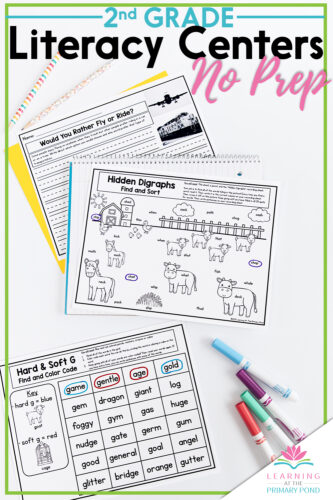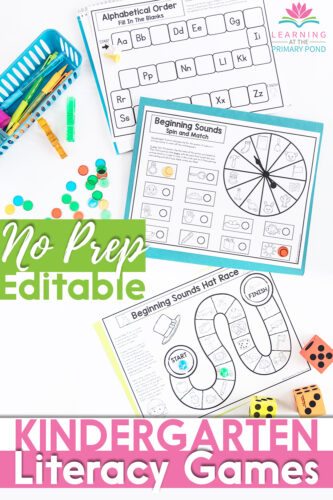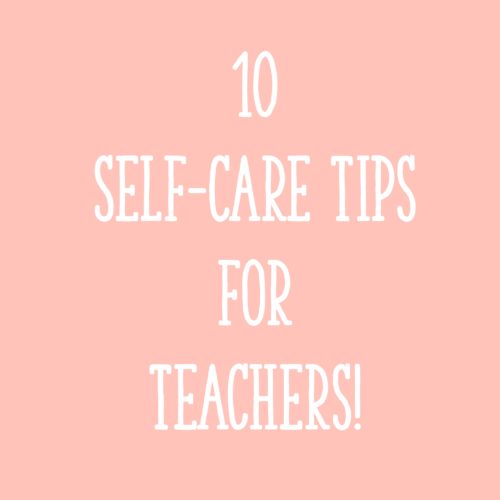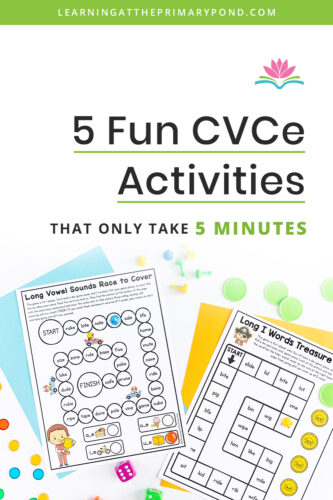Do you have a large class of students this school year? Or maybe every year?!
Is it possible to make literacy centers work when you have a large class?
My answer is YES! In this post, I’ll share five tips to help you make literacy centers work even if you have a large group of students.

Photo Credits: racom, Shutterstock
1. As much as possible, create separate physical areas for each center.
The more you can separate groups of students, the fewer discipline problems you’ll have, and the lower the noise level will be.
Even if you have a small classroom, use these tips to separate students as much as possible:
- Maintain a specific area for each center or activity, instead of having all students work at their seats or choose places to work
- Have some groups sitting at tables or desk groups, with others sitting on the floor
- Use bookshelves and other storage units to create physical dividers between centers (just make sure you can always see and supervise all students from your small group table!)
- As much as possible, keep noisy centers away from quiet ones
- Make sure that you place quieter centers closest to your small group table (or wherever you are working with students)
2. Enlist parent or community support.
If you don’t have an instructional aide or other support staff in your room during centers, get help from a parent volunteer or a community volunteer (i.e. someone from a local church, business, etc.).
Just having one extra pair of hands in the room is great for:
- Helping students solve technology problems
- Reminding students to keep their voices down
- Resolving conflicts students can’t resolve on their own
It doesn’t take much training to get a volunteer to do these things!
If you’re an introvert like me, it might feel odd at first to have someone else in the room while you teach.
But TRUST ME, it is 100% worth it! Your students will spend more time on-task, and you’ll be able to better focus on your small group.
3. Keep students working in pairs.
Even if you have to put 6 students in a center at the same time, make sure your centers activities are designed to be individual or paired activities.
The smaller the group size, the quieter the group AND the fewer conflicts you will have!
4. Use the Reflector app, if you have an iPad / iPhone + an interactive whiteboard / projector!
I’m sure there are other apps that can do this, but the Reflector app allows you to project whatever is on your phone or tablet to your computer screen.
Sooo…if you have your computer hooked up to a projector or interactive whiteboard during centers, that means that your students can see whatever is on your phone/tablet.
This is great for managing behavior and noise level without even having to get up from your chair!
For example, you might use ClassDojo to reward students points for excellent center behavior. The other students will quiet down and get back to work if they see their friends earning points!
If you don’t use ClassDojo, you can recognize students in another way. For example, maybe you just pull up their photo notify other students that this student is exhibiting excellent behavior. (Of course, if this is embarrassing to them or distracting to other students, find another way to recognize them!)
There are also some noise level apps you can use on your tablet (and display on the screen using Reflector).
Too Noisy is one example. I have never tried it myself but have heard good things!
In a nutshell, the Reflector app is helpful if you have a large class or even a small class, because you can manage your students without having to leave your small group every time you need to communicate with them.
5. Choose a leader for each centers group.
The more students you have, the more problems you will have to deal with during centers time!
These problems can range from technology issues, to students forgetting what to do in a center, to conflicts between students.
If you are trying to teach small groups during centers, having a large class size (and more problems) can really cut down on the time you have to teach.
To get around this, choose a leader for each centers group. That leader is responsible for a) helping students solve any problems they encounter, and b) seeking help from OTHER leaders if they cannot resolve the issue.
It’s helpful if leaders wear something (a badge, hat, etc.) so that other students remember who they can go to for help.
6. Bonus Tip- Independent Centers
Sometimes you just need your students to work independently – but you want the work to be meaningful!
If you need engaging “solo” activities, check out my Solo Literacy Center.
Many of the activities are designed to feel “game-like” and will keep your students engaged while strengthening their independent work skills.


Conclusions
Do you have any tips to add?
If you try one of these strategies, let me know how it goes!
Happy teaching!












